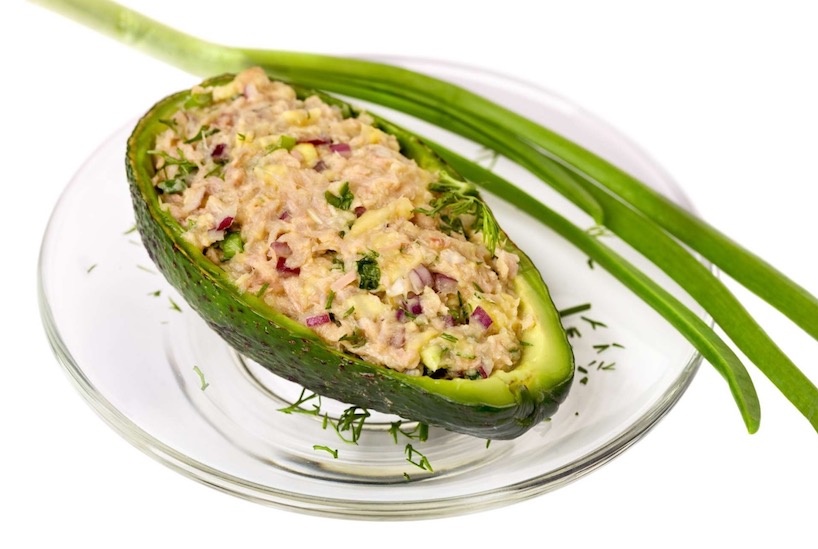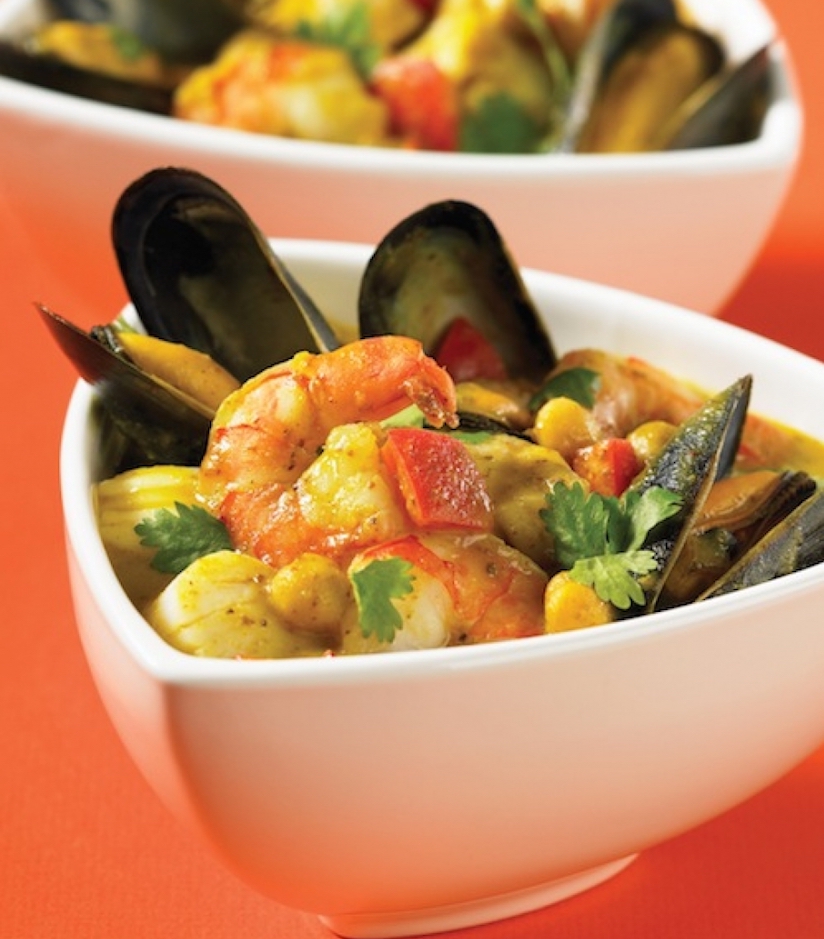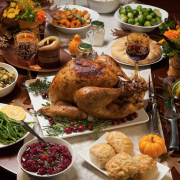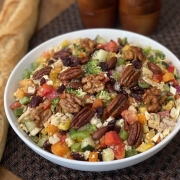Consuming dietary fat is critical for maintaining a healthy, well-balanced diet. This holds especially true for monounsaturated and polyunsaturated (omega-3) fatty acids, which are generally classified as “healthy” or “good” fats. Monounsaturated and omega-3 fatty acids are predominantly housed in plant-based foods. They are typically liquids at room temperature, unlike animal-based fats and hydrogenated plant oils which tend to be either solid or semisolid.
Good Fats Versus Bad Fats: What You Need to Know About Dietary Fat
Monounsaturated fatty acids are largely present in oils (olive, canola, peanut, safflower and sesame), nuts, and fatty fruits while potent sources of omega-3 fatty acids include oily cold-water fish, walnuts, seeds, spinach, and whole soy foods.
When consumed regularly, healthy fats are known to support favorable changes in cholesterol and help keep blood sugar and insulin levels intact. Such effects can substantially lower your risk of chronic conditions like heart disease and type 2 diabetes. Other conditions that can be prevented (or controlled) with healthy fat consumption include: Alzheimer’s disease and dementia, chronic inflammation, attention deficit disorders, depression, and certain forms of cancer.
In addition, to their health-promoting effects, good fats can give unique flavor, texture and aroma to virtually any dish, which makes them even more appealing and enjoyable.
And here are more simple and delicious ways to start adding more healthy fats to your diet.
Make Oily Fish an Everyday Main Course
As a potent source of omega-3s, cold-water fish is the only animal-based food source that’s naturally rich in good fats. They’re also excellent sources of high-quality protein, which is one of the most important macronutrients for weight management and overall good health. Those highest in omega-3s include wild salmon, albacore tuna, mackerel, rainbow trout, Alaskan halibut, sardines, and anchovies. In addition to omega-3s and protein, these fish supply hefty doses of vitamin D.
Related Article: Vitamin D: Why You Need it and How to Get It
Use Natural Oils for Cooking and Dressing
While most natural, plant-based oils contain monounsaturated fat, extra virgin olive oil is top-notch. However, it’s best when consumed at room temperature. You can add 1-2 tablespoons to salads, marinades, and dip recipes like hummus. Olive oil also makes a great standalone dip for breads. Oils like canola and peanut oil are better options for general cooking (stir-frying and oven cooking) since they have relatively higher smoke points. They’re also suitable for dipping sauces and dressings.
RECIPE: Herb-Crusted Wild Salmon with Sautéed Bok Choy and Mushrooms
Include Fatty Fruits in Everything You Eat
Fatty fruits like avocado and olives make delicious stand-alone snacks. They also make great inclusions in virtually any food preparation from salads and sandwiches to pizza and omelets. While it’s commonly used in guacamole, avocado is one of my personal favorite ingredients for creamy pasta sauces and smoothies, as it naturally thickens them like a banana without all the sugar. In addition, I almost always include olives in hearty soups, stews, and baked dishes.
RECIPE: Ground Pork with Manzanilla Olives, Minced Pimientos, and Capers
Enjoy Nuts as a Snack or Flavor Enhancer
Supplementing your diet with nuts can reduce your total calorie intake during any meal. Since nuts are also high in dietary fiber and protein, they provide superior satiation. When it comes to nuts, a little goes a very long way. Just a 1/4 or 1/2-cup serving a day is all it takes. For maximum benefits, you can consume nuts as a healthy snack or add them to a variety of cereals, side dishes, and entrees for unique flavor and texture. Nut butters are equally beneficial so go ahead and enjoy those too!
RECIPE: Perfect Peanut Butter and Banana Protein Muffins
Sprinkle Seeds into Your Diet
For a good healthy fat boost, sprinkle ground flaxseeds and chia seeds on whole grain cereals and salads or even add them to smoothies or shakes. These seeds don’t have a strong flavor so they can be easily added to just about anything. I generally add a half a cup to stews and soups or a tablespoon to omelets and side dishes for added texture. If you like to bake, include them in your favorite bread or muffin recipes. When it comes to flaxseeds and chia seeds, your options are endless!
Related Article: 5 Simple Ways to Add Flaxseeds to Your Diet for Weight Management
Experiment with Soybeans
Soybeans are among the most wholesome, health-promoting foods around. You can find sweet young soybeans called edamame fresh in their pods at any Asian market or in the produce and frozen food sections of your local grocery store. Edamame is extremely versatile and easy to prepare. These beans can conveniently be steamed or boiled and consumed as a wholesome stand-alone snack, included as a side dish, or added to salads, soups, and other entrees.
Related Article: 8 Amazing Health Benefits of Omega-3 Fatty Acids
Although food sources of monounsaturated fats and omega-3s are considered healthy, moderation is key since most are also calorie-rich. For instance, there are 145 calories in half an avocado, 120 calories in 1 tablespoon of oil, and 200 calories in just 1/4 a cup of nuts. For weight management and overall good health, err on the side of 3-5 servings a day. But, if you’re on a low-carbohydrate diet that allows relatively higher intakes of dietary fat, as much as 7 servings a day is certainly fair game.
Related Article: Interpreting Total Fat and Types of Fat on Food Labels







